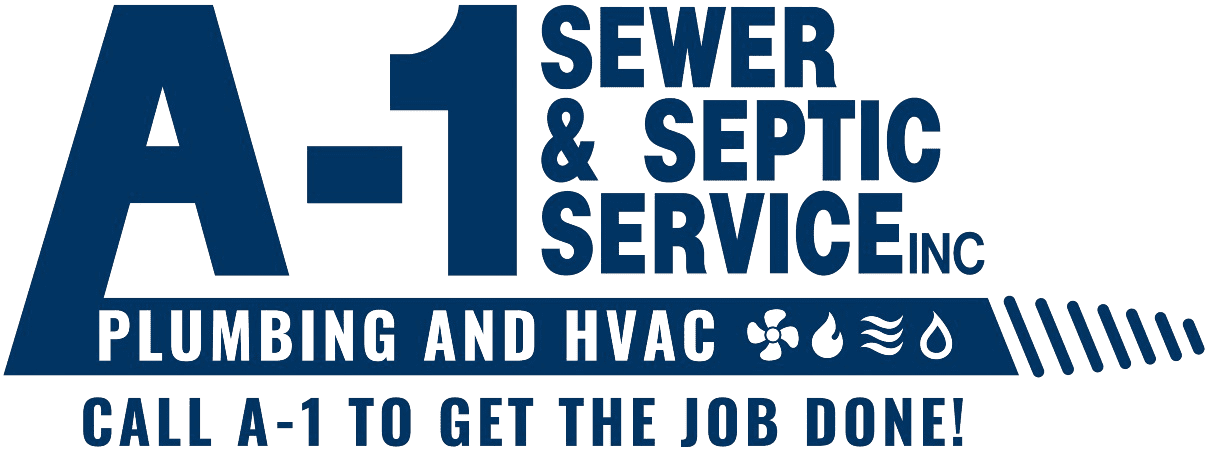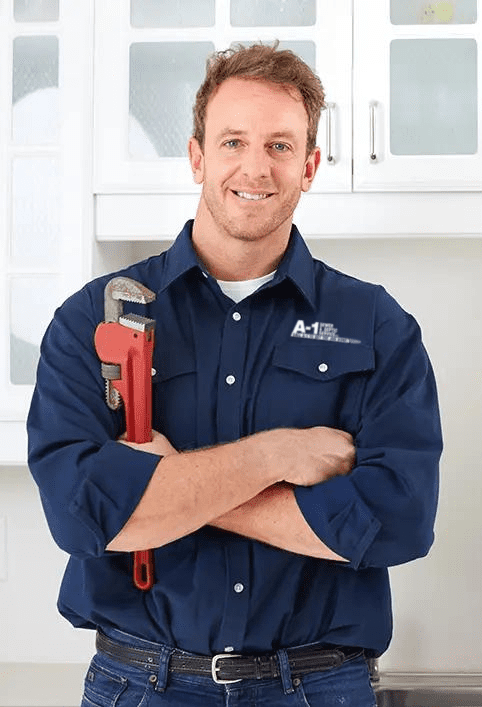A plumbing emergency or worse, a plumbing disaster, is every homeowner’s nightmare. An overflowing toilet, a flooded basement, a leaking hot water heater, or a leaky pipe that causes significant water damage in your flooring and ceilings are all bad news. Issues with hot water and cold water sides of your faucet, fresh water line issues, drainage system issues, sewer gas odors, or problems with your vent system. Back ups in your sewer line, broken water meters, or plumbing issues or blockages with your drain system – such problems can cause thousands of dollars’ worth of damage and destroy expensive flooring and furnishings.
If you are in the dark about plumbing or know little about it, learning a few beginners basic plumbing tips and how plumbing works can go a long way in preventing plumbing and water system emergencies before they begin, and the need to call a professional plumber to provide plumbing services. The more you know about your indoor plumbing system and wastewater or septic tank, the better position you’ll be in to detect a problem before it becomes an emergency, so a little plumbing 101 and DIY plumbing tips can help keep clean water flowing through your water pipes and your home’s water supply system running smoothly.
Just like car accidents, injuries and illness, there’s no such thing as a “good time” for a plumbing problem. The fact of the matter is, most plumbing problems start out small and then take you by surprise when you least expect it. The key here is to know what to look for so you can be on guard and ready to act.
When you notice signs of a problem, you can take action right away to correct it before it turns into a much bigger and costlier headache. Here are some tips to help you better understand your home’s plumbing system:
-
Keep drains clear.
In the kitchen, don’t pour grease down the disposal, and be careful about what types of foods you wash down the garbage disposal. For example, coffee grinds, eggs, and pasta can lead to clogging. With your bathroom sinks, bathtubs and showers, be careful of hair clogging the drain. You can purchase inexpensive hair catchers that are placed into the drains, which can reduce the amount of hair that goes down the drain.
Periodically, use a plastic Zip-It drain cleaning device (about $2.50 from Amazon or Wal-Mart) or a wire hanger with a hook on the end to remove the hair and sludge that’s collected in bathroom drains. These simple, yet cost-effective methods help reduce bathroom clogs.
As far as your toilet is concerned, only flush toilet paper down the drain. You don’t want to flush tissues, cotton balls, paper towels, medications, baby wipes, or kitty litter down the drain. All of these items can get lodged in the pipes, causing waste and debris to get caught on them, eventually leading to a stubborn toilet clog.
-
Be on the lookout for water leaks.
Always keep an eye out for a leaky faucet or pipe because they are signs of a bigger problem. A leaky shower head, a rocking toilet, damp kitchen or bathroom cabinets, and water under the refrigerator are all signs of a bigger problem. When you notice any of these, take prompt action and call a plumber.
-
Take care of problems right away.
Hearing a banging sound when you turn your kitchen sink on and off is annoying. Listening to the shower in your master bathroom leak all night can lead to sleep deprivation, and having to put a bucket under your kitchen sink is a hassle.
If you notice a problem, don’t wait because it’s not going to go away. Make sure you respond quickly when there’s an undesirable plumbing situation.
-
Know where appliance shut-off valves are located.
You need to know two things: 1) where the shutoff valve is to your home’s main water supply, and 2) where the shut-off valves are to each appliance, including your dishwasher, washing machine, toilet, and sinks.
When you know how to shut off the water for each water-using appliance, you can reduce the chances of damaging furnishings and you can cut down on the cleanup.
-
Know what kind of pipes you have.
All homeowners should know what kinds of material was used in their plumbing pipes. If you live in a home that was built before 1970, you may have galvanized iron pipes, which eventually lead to rust and corrosion. This process causes water pressure to drop and the water becomes tinted brown from the rust. If you have old iron pipes, they’ll eventually need to be replaced. Is there an accessible clean out for the drain pipe is also a concern that most homeowners aren’t aware of.
-
Assemble a basic plumbing kit.
Every homeowner should have a few basic tools to tackle common plumbing problems. You’ll need a plunger, a Zip-It tool, a wrench, and a basic homeowner’s snake. These items will help you tackle many plumbing emergencies on your own!
We hope this information helps. If you live in Shawnee or Johnson County and need help with a plumbing problem, please contact us for a free estimate from one of our Kansas City plumbers!
To get started, call 913-631-5201 today!




